SPECworkstation 3.0.2 Storage Benchmark
SPECworkstation benchmark is an excellent benchmark to test systems using workstation-type workloads. In this test, we only ran the Storage component, which is fifteen separate tests.
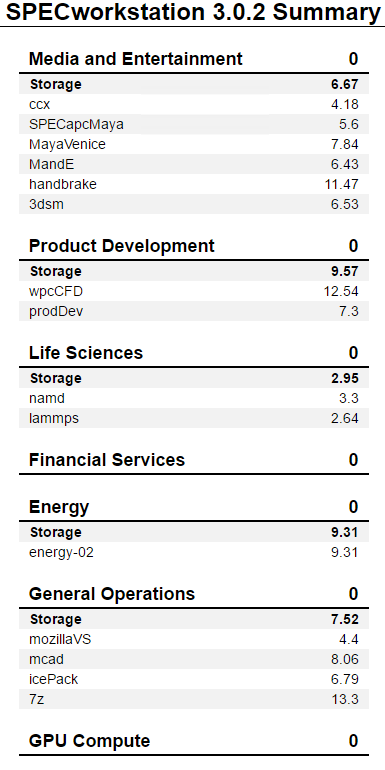
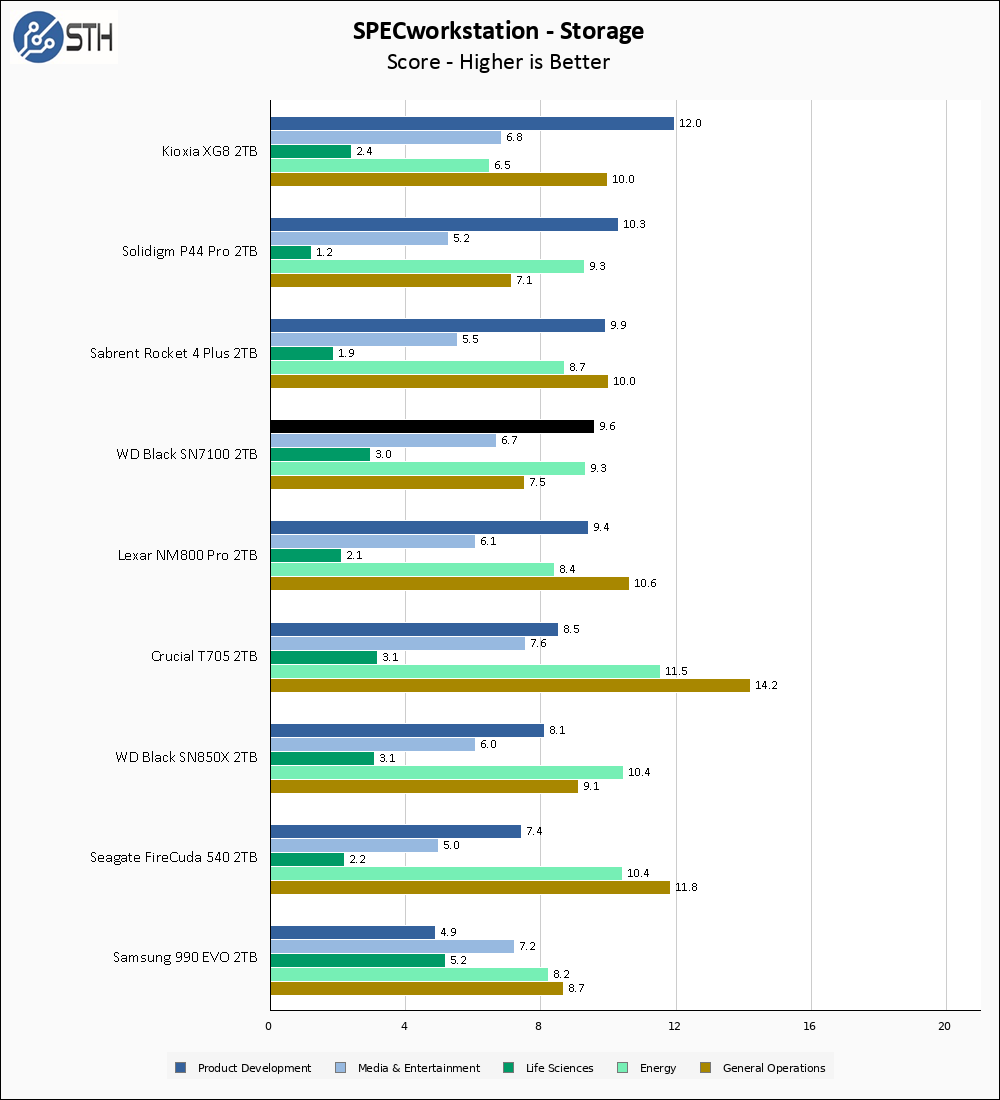
Performance in SPECworkstation for the SN7100 is decent, with no particular standout results. And I mean that in both senses of the word; the SN7100 neither tops the chart, nor comes in last, on any particular sub-test, and is very middle-of-the-road overall.
Sustained Write Performance
This is not necessarily a benchmark so much as trying to catch the post-cache write speed of the drive. While I am filling the drive with data to the 85% mark with ten simultaneous write threads, I monitor the drive for the write performance to dip to the lowest steady point and grab a screenshot.
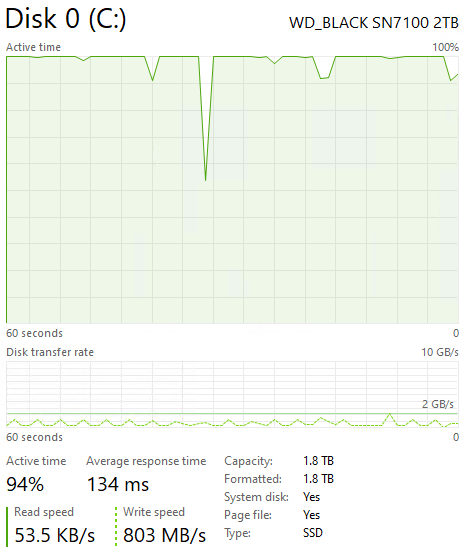
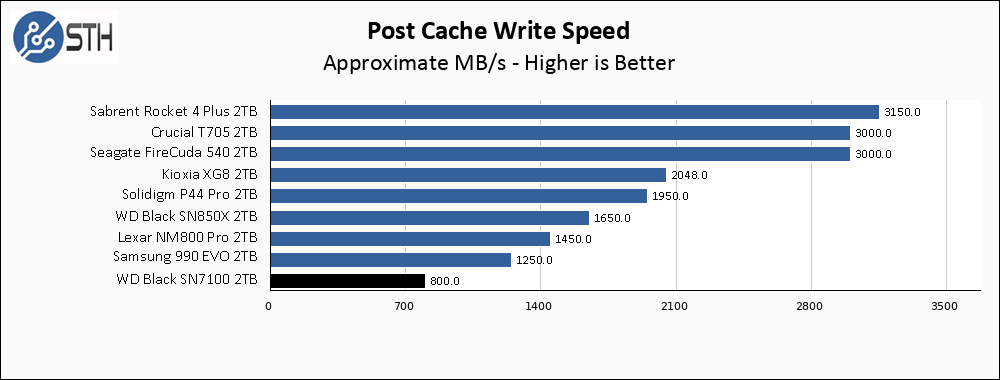
Long term sequential write speed comes in at 800 MB/s. On this chart that earns it last place, but in reality that is more a function of the strong competition represented by the other drives on the chart, rather than the SN7100 failing in any way. 800 MB/s is a completely acceptable sustained write speed for almost any consumer, and I have seen far worse in my day.
Temperatures
We monitored the idle and maximum temperature during testing with HWMonitor to get some idea of the thermal performance and requirements of the drive.

Thermal performance for the SN7100 2TB is an absolute standout. This drive peaked at 59C without a heatsink or any form of active cooling, which is great. This drive is very suitable for low power devices, as well as in cramped or low-airflow environments.
Final Words
The WD SN7100 2TB is $155 at the time of this review, which puts it mostly below the cost of other high-end drives like the Rocket 4 Plus and the Firecuda 530 at $220. Unfortunately, the WD Black SN850X 2TB is only $140 which seriously undercuts the SN7100’s value proposition as the SN850X is an excellent drive.
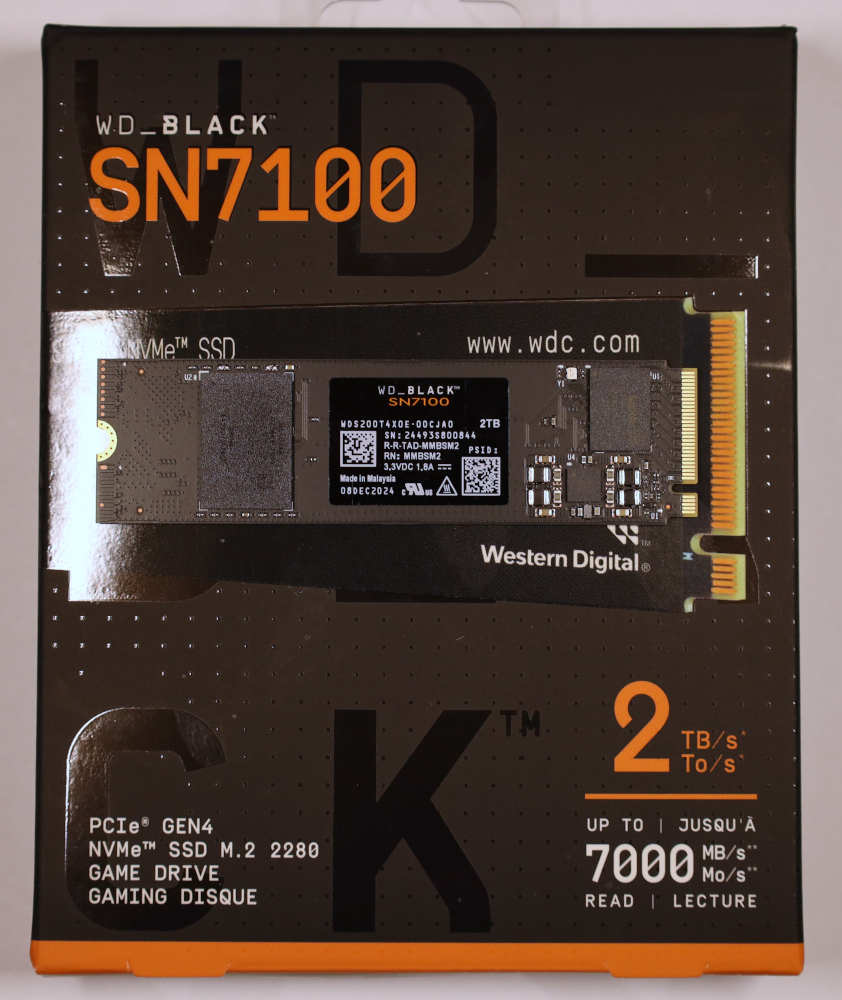
I do not completely believe the SN7100 achieved parity with other top-end Gen 4 drives, but it got pretty close considering it lacks a DRAM cache. Considering that it undercuts the pricing of most of those other drives, and does so while remaining dramatically cooler under load, I consider the SN7100 to be a mostly successful experiment, though I do think it somewhat blurs the line between WD’s Black and Blue drive lines.
Right now, the biggest impediment to the SN7100 is actually the current aggressive pricing on the SN850X. Given the power and thermal performance, the SN7100 would be my pick for a laptop or small-form-factor device, where this cool running and power-sipping drive would be appreciated. If was building a high-end desktop, though, the SN850X would get my dollars.

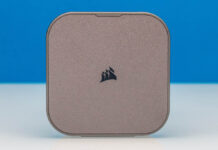
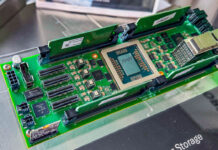
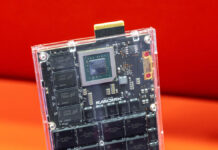
Sandisk/WD has:
Blue SN570 – Gen3, DRAM-less, solid desktop or games SSD
Blue SN580 – Gen4, DRAM-less, just a 4.0 update to SN570
Black SN770 – Gen4, DRAM-less, basically a Gen4 SN570
Blue SN5000 – Gen4, 5000MB/s max, TLC thru 2TB, QLC at 4TB
Black SN7100 – Gen4, is it 7000 max, or 7100 max, or 7250 max? Who knows? RTA!
its seems you dont swich it to game mode.